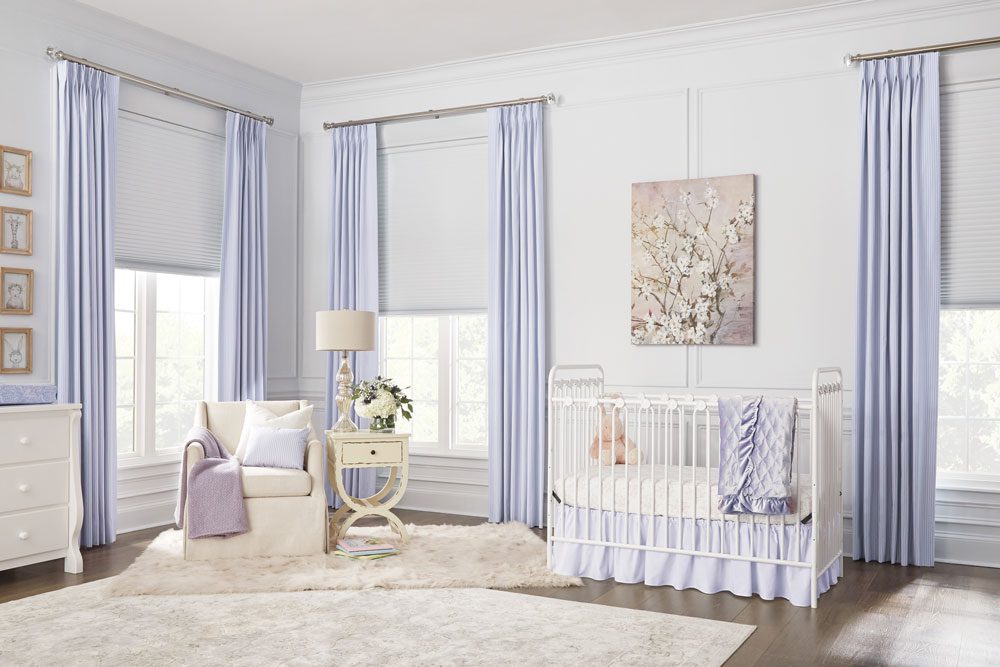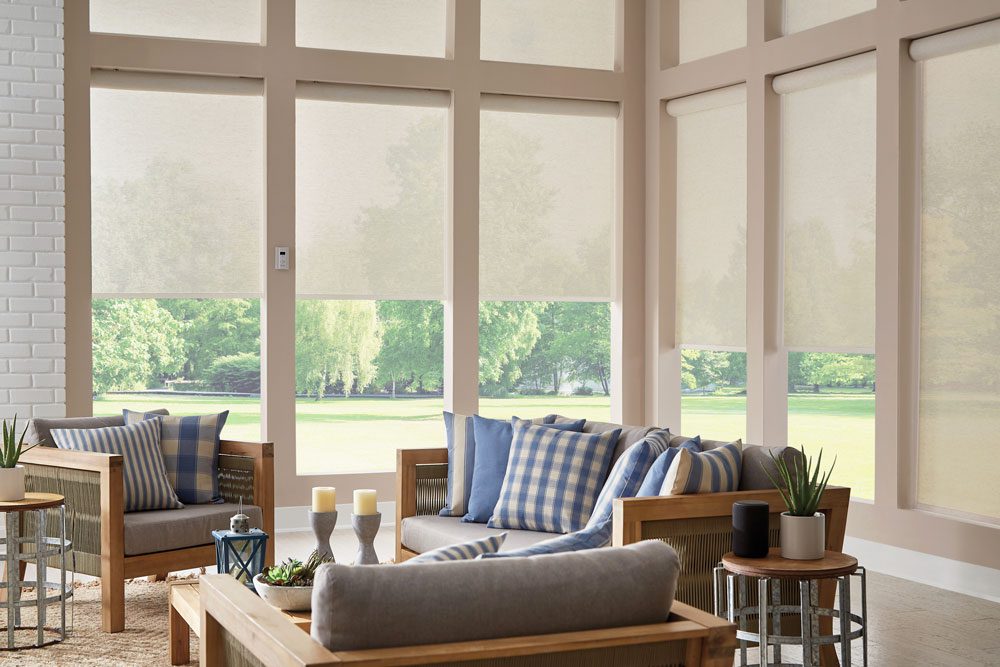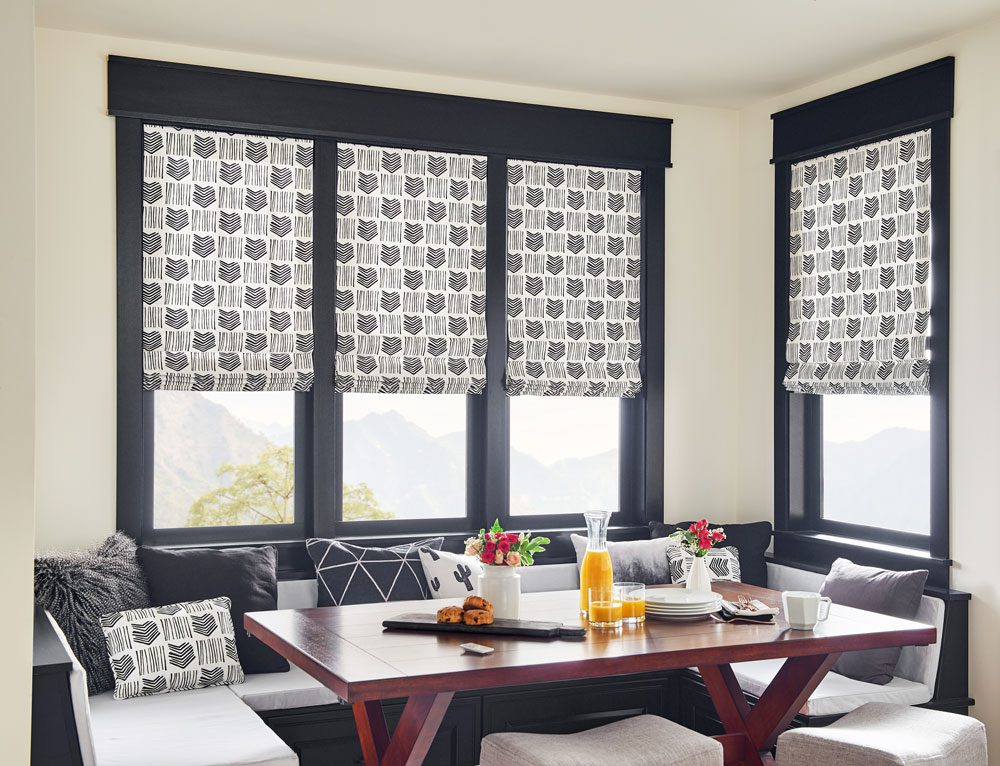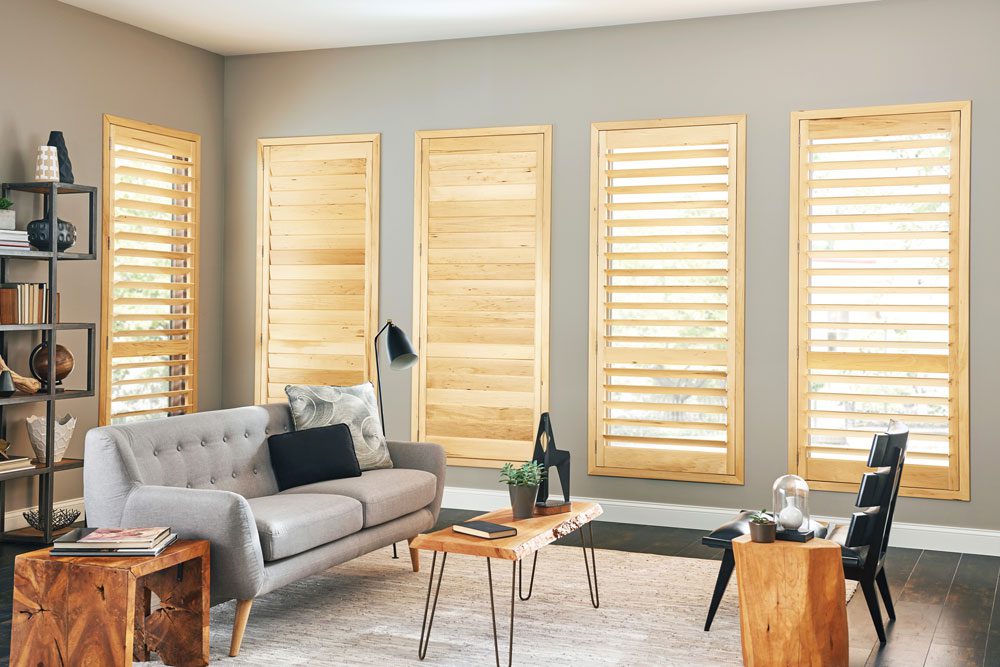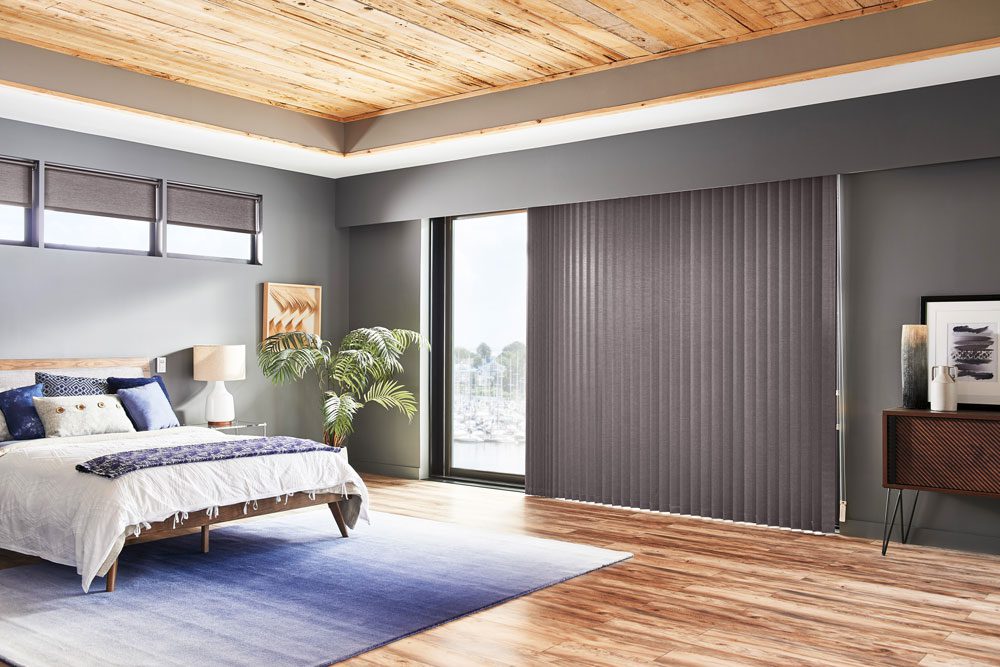Energy-Efficient Window Treatments
Writer Design NJ | Photographer Courtesy of GraberA “take three” Q&A with Graber
There are many ways to reduce a home’s carbon footprint, and one of the fastest and easiest methods is by choosing window coverings designed to maximize energy efficiency. We spoke with John Weinstock, executive vice president of marketing at window-treatment manufacturer Graber, about how making the right choices can help you save energy and money.
Design NJ: Why should homeowners focus their energy- and money-saving efforts on window treatments?
John Weinstock: Windows are one of the main culprits of heat and air conditioning loss in a home. Window treatments are a simple upgrade that can help solve that problem. It’s important to plan carefully and select well-designed options that can maximize energy savings. It’s a long-term investment that will make a home look and feel brand new.
Design NJ: What are the different types of shades? How does each work to save energy?
JW: Shades are one of the simplest, most effective window treatments that can conserve energy year-round. Automated control options allow you to raise and lower shades at the right time of day to maximize energy savings and home security — even while you’re away.
- Cellular Shades (sometimes called honeycomb shades) are top performers in terms of preventing heat and air conditioning loss. The honeycomb-shaped cells create a layer of insulation between your window and living space, which reduces the loss of heat and air conditioning by up to 74%, based on product testing by Architectural Testing Inc.
- Solar shades are designed to reflect sunlight and harmful UV rays. Darker fabrics offer privacy while preserving a view of the outdoors with various degrees of opacity. Lighter fabrics reflect more sunlight, making them ideal for temperature control in southern windows and warmer climates.
- Roller shades offer light control options ranging from sheer to blackout to ensure your room is stylish yet comfortable year-round. Paired with a solar shade on a single window, they give you the opportunity to choose privacy or a view. Each of the shades can be raised or lowered independently, giving you ultimate flexibility in light control, privacy and design.
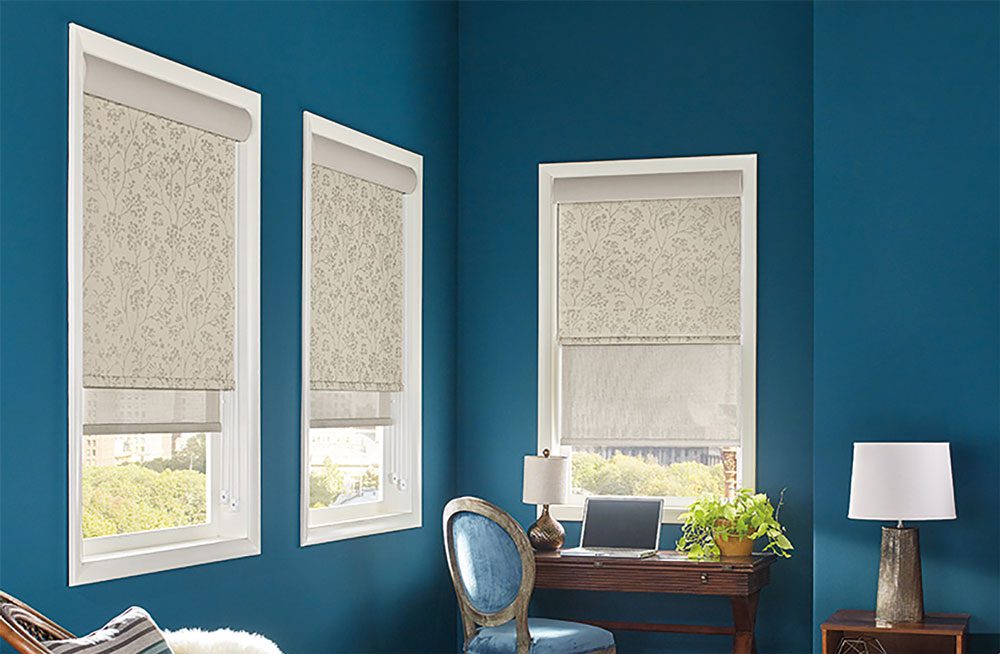
A roller shade can be paired with a solar shade. Each can be raised or lowered independently to provide flexibility in light control, privacy and design.
- Roman shades come in classic and tailored styles and feature a single, continuous piece of fabric that acts as an insulator against harmful UV rays and energy loss while making a graceful, decorative statement.
Design NJ: What about other types of window treatments?
JW: Here are three other options.
- Shutters are a classic window treatment best used for light control. However, adjustable louvers can regulate heat gain in the summer by redirecting the sun’s powerful UV rays and prevent heat loss in the winter by providing an extra layer of protection on cold exterior windows.
- Blinds are a sleek solution that can reduce heating and cooling energy loss by up to 40% when completely closed. Horizontal shades can be adjusted to reflect direct sunlight onto a light-colored ceiling, diffusing light without significant heat or glare.
- Drapery panels add a finishing touch — whether making a solo statement or complementing shades or blinds. Drapery panels insulate a room against heat gain in warm climates and heat loss in cold weather. Pairing drapery with shades or blinds can reduce drafts through the sides of shades, creating a more comfortable living space.

